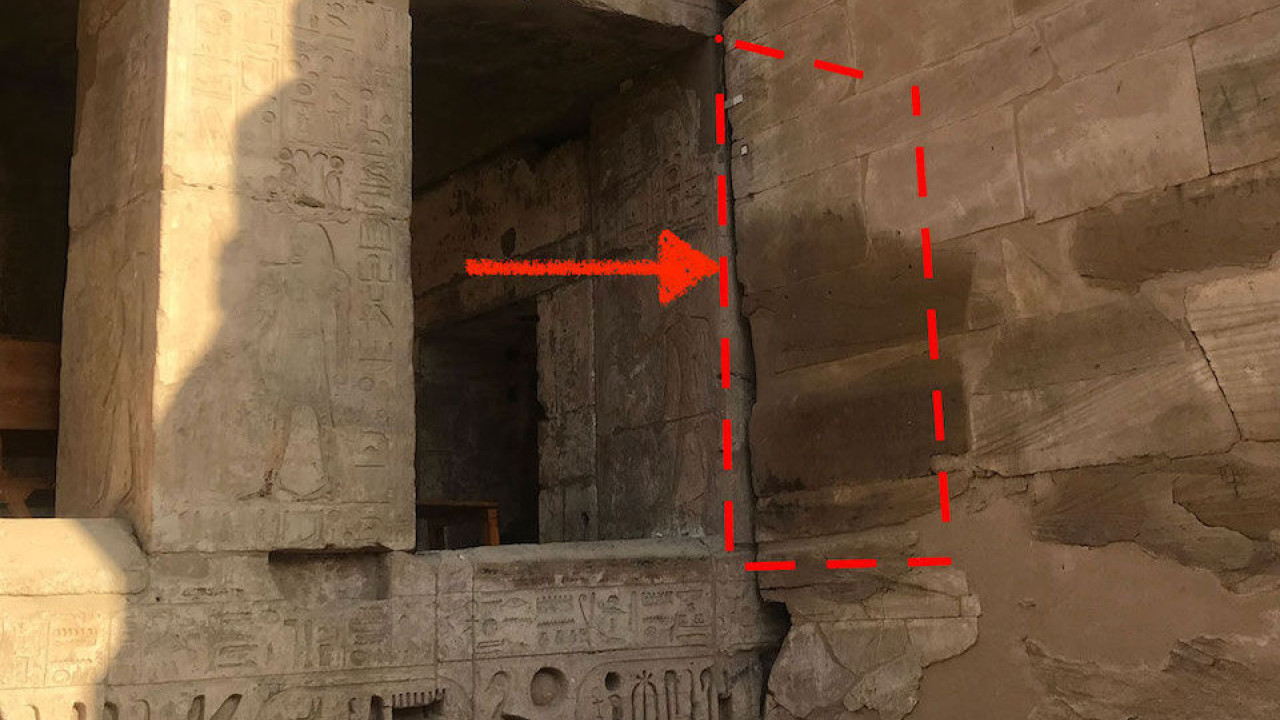
There is a lot of debate, hesitance and argument pro and contra when it comes to studying, documenting and/or indicating damaged areas of ancient Egyptian wall surfaces. In our opinion, there could be a very convincing case...
Krisztián Vértes
Read more
In this second tutorial discussing nuances that are specific to the digital iterations of the Chicago method, we’d like to debate over yet another peculiar surface treatment, the representation of areas obscured by plaster.
Krisztián Vértes
Read more
Dedicating an entire article for such a nuanced topic might seem like an overkill for some, however, knowing how certain Photoshop brush settings work and understanding how we can tweak these features...
Krisztián Vértes
Read more
DStretch – a well-known and widely used piece of software – is an ImageJ plugin written by Jon Harman to enhance rock art images invisible to the naked eye. To be able to use DStretch on your computer...
Krisztián Vértes
Read more
In the following entry we’d like to show you how to take advantage of your tablet’s camera during digital ”penciling”, as we all know that the best camera is the one that is with you.
Krisztián Vértes
Read more
In this new series of tutorials, digitalEPIGRAPHY would like to draw your attention to the importance of stylistic accuracy in epigraphic documentation by focusing on the representation of a common feature, the human ear.
Krisztián Vértes
Read more
Due to centuries of decay and abuse of the monuments, there is one apparent feature that stands out immediately when we look at tomb or temple walls today: the tremendous amount of loss of the original surface.
Krisztián Vértes
Read more
Being able to do quick editing at the wall can be rewarding at times. We’d like to show you how to make precise selections and interact with the selected elements in Procreate.
Krisztián Vértes
Read more
In this new tutorial of the Survey's "Tidbits…" series, digitalEPIGRAPHY would like to focus on one of the focal points in rendering raised and sunken relief, namely sun-shadow transitions.
Krisztián Vértes
Read more
Started with the first epigraphical efforts in Egypt, it has been a natural desire to capture this attribute when represented on a sheet of paper with only two aspects: length and breadth. In the next installment of this series, we'll put relief representation under the microscope.
Krisztián Vértes
Read more
This is a study of the multiple drawing processes used by the Epigraphic Survey (Chicago House) to document a pillar scene of Thutmose III Given Life by Amun-Re on the façade of the Small Amun Temple at Medinet Habu in Luxor.
Susan Osgood
Read more
In the fall of 2007, when I began working at Chicago House, there were several hundred unregistered loose fragments scattered about the Medinet Habu temple precinct, some of them inscribed and lying face down on the ground, already showing advanced signs of deterioration caused by groundwater and salt.
Júlia Schmied
Read more
A Spanish archaeological mission coordinated by the Spanish National Research Council has been working at the hill of Dra Abu el-Naga North since January 2002. The mission, also known as the ‘Djehuty Project’, has recently turned its attention towards its epigraphic process's digital overhaul.
Méndez-Rodríguez and Ruiz Sánchez de León
Read more
The three-part article reflects on how Breasted came to establish the Epigraphic Survey and the Chicago House Method, utilizing new technologies to make epigraphic work possible, and setting the standard for the digital work of today.
Dominique Navarro
Read more
Dr. Caroline Louise Ransom Williams (1872-1952) was the first professionally trained woman Egyptologist in America. Mentored by Breasted who was only seven years her senior, their relationship would evolve from teacher and pupil to the greatest of colleagues with a friendship that would last until his death.
Dominique Navarro
Read more